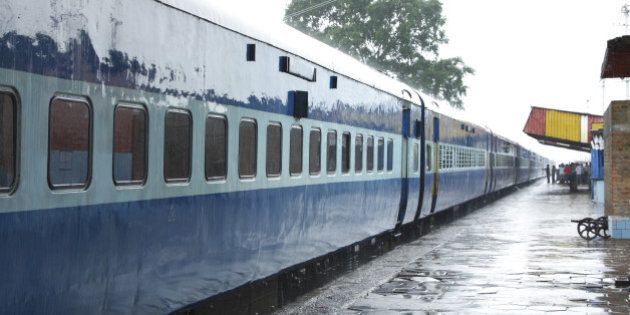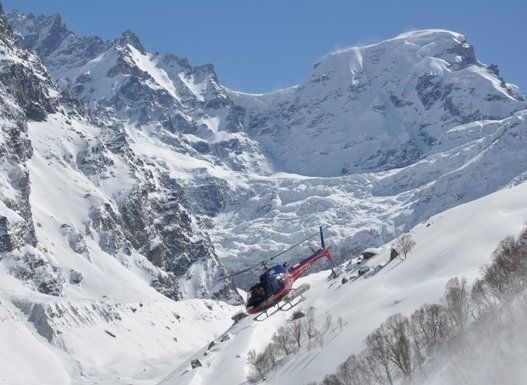
TRIPURA -- Minister of State for Railways Manoj Sinha has said that India would increase investment in five years to overhaul the Indian Railways.
"The present government has special attention towards this because the main source of communication of the common and poor people is railways. Hence, the government has decided to increase investment in railways. Till now, the average annual investment in railways has been between Rs. 40,000 to 50,000 crores. But now it has been increased as Prime Minister Narendra Modi has interest in the railways and now the investment has been increased to Rs 1.10 lakh crores," Sinha said at a function held to receive the first broad-gauge trial train on the newly laid Badarpur (Assam)-Agartala railway line.
He further said the government has formulated a five-year road map of investing Rs. 8.5 lakh crores in the railways.
Sinha, however, said that after India's independence, due to inadequate investment, the railways network has not increased in the same ratio and failed in fulfilling the aspiration of the common people.
"With rail connectivity, socio-economic development takes place as people get business and income. We want the Indian Railways network to spread. But the saddest part is that since independence the increase in passenger is 16 times more and fridge charge has hiked by eight tie but the railway network has only increased by 2.25 times," he said.
Sinha announced that the passenger broad gauge train shall move from Agartala to other parts of the country by March 31.
"After completion of the remaining broad gauge line work, and necessary clearance from the Commissioner of Railway Safety (CRS) by March 31, regular train services would start immediately," he said.
Sinha informed that the ongoing work to lay the new railway line up to southern Tripura's Sabroom bordering Bangladesh would be completed by December 2017.
The 437-km Lumding-Silchar and Badarpur-Agartala gauge conversion work was sanctioned in 1996. It was declared a national project in 2004, thereby ensuring uninterrupted funding from the general budget.
In the first phase, the 210-km Lumding-Silchar gauge conversion project was completed early last year, and in the second phase the 227-km Badarpur-Agartala gauge conversion was undertaken. It was scheduled to be completed in six months by March, but was completed three months earlier.
With the completion of gauge conversion work right up to Agartala, the capital is now connected with the country's broad gauge railway network through Guwahati with a distance of around 600 km.
The newly laid broad-gauge line links the Guwahati-Lumding rail line with Silchar, Badarpur and Agartala.
The Lumding-Silchar metre-gauge track was in operation from 1899, while Tripura came on the Indian Railway map in 1964 through metre-gauge track.
Sinha further said the capitals of all north-eastern states would be connected by rail by 2020 and Agartala would be brought onto the map of broad gauge network by March.
"Prime Minister Narendra Modi has accorded priority to the development of the north-eastern region and taking the rails to hilly areas is a major challenge for us," he said.
"The capitals of the north-eastern states would be connected by rails by 2020 and this capital city (Agartala) would be on the country's broad gauge railway map by March this year," he added.
He said the construction of 15 km-long railway track to connect Agartala with Akhaura in Bangladesh is a top priority.
The project is funded by the Government of India for connecting Tripura, he said.
The process of acquiring land in Bangladesh was complete and in India, it would start soon, he said, adding a 3.7 km-long railway track on Indian side would be a viaduct (through an elevated corridor) to reduce the cost of acquisition of land.



Contact HuffPost India
Also see on HuffPost:
